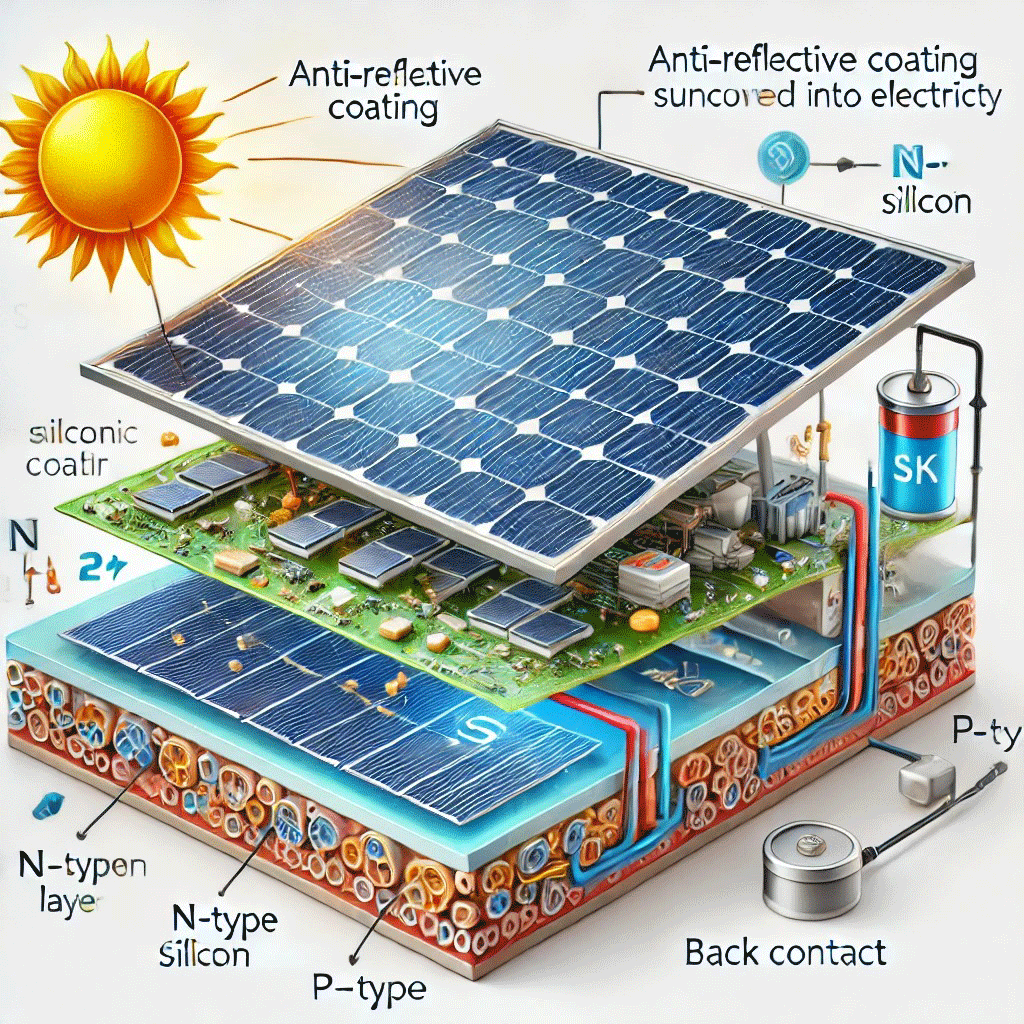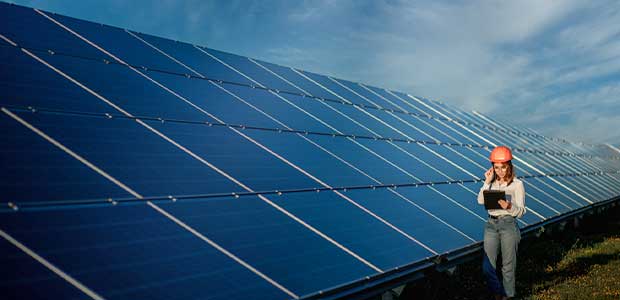Enjoy Cost-Effective Clean Energy with Simply Solar Illinois
Enjoy Cost-Effective Clean Energy with Simply Solar Illinois
Blog Article
Solar Power 101: A Novice's Overview to Sustainable Power Solutions
As the globe increasingly changes towards sustainable power services, understanding the principles of solar power comes to be necessary for both people and services. By checking out the benefits of solar technology, alongside the financial incentives and installment processes, one can gain a clearer point of view on how to properly integrate this sustainable resource into their power technique.
Comprehending Solar Power
At its core, recognizing solar power includes comprehending the essential principles of exactly how sunlight can be transformed right into usable electricity. Solar power is stemmed from the sunlight's radiation, which can be utilized with different technologies. The primary system for this conversion is the solar effect. This phenomenon occurs when sunlight strikes semiconductor products, generally silicon-based, within solar cells. The energy from the sunlight delights electrons in the semiconductor, allowing them to stream easily and generate direct present (DC) electrical power.

Understanding solar power additionally entails identifying its ecological benefits. By using sunshine, we can mitigate greenhouse gas emissions and lower air pollution, contributing to a more lasting future. The improvements in technology and performance of solar systems remain to enhance their feasibility, making solar energy a significantly appealing alternative for international energy requirements.
Kinds Of Solar Power Equipments
Numerous sorts of solar energy systems are generally employed to harness solar power for electricity generation. The main groups consist of photovoltaic or pv (PV) systems, focusing solar power (CSP) systems, and solar thermal systems.
Photovoltaic systems utilize photovoltaic panels composed of silicon cells that transform sunlight directly right into electricity. These systems are versatile and can be installed on rooftops, ground mounts, or integrated into building materials.
Focusing Solar energy systems, on the other hand, utilize mirrors or lenses to focus sunshine onto a tiny location, creating heat that drives a vapor generator to produce electrical energy - Simply Solar Illinois. CSP systems are typically released in massive nuclear power plant and call for straight sunshine, making them less ideal for cloudy areas

Each kind of solar power system has its distinct attributes, applications, and suitability depending on geographic location, power demands, and spending plan, making it essential to examine choices based on certain situations. - Simply Solar Illinois

Advantages of Solar Power
Harnessing solar power with various systems not just offers a sustainable way to create electricity yet likewise provides a plethora of benefits. Among one of the most considerable advantages is the decrease in greenhouse gas discharges, adding to a cleaner environment and combating environment change. Solar energy is renewable, indicating it is limitless and offered as long as the sunlight radiates, unlike nonrenewable fuel sources, which are finite and depleting.
In addition, solar power can bring about considerable cost savings in time. Home owners and companies can lower their electricity bills dramatically, and in a lot of cases, they might make debts for excess power created with net metering. Additionally, the solar industry creates tasks, from producing to installation, stimulating regional economies.
One more compelling benefit is power independence. By creating their very own electricity, individuals and communities can minimize reliance on outside power resources, improving strength against rising and fall energy prices and supply interruptions. Furthermore, solar power systems call for marginal maintenance, making them a practical option for lasting energy generation.
Installation Refine Overview
The setup procedure for solar power systems generally includes a number of crucial steps that guarantee effective assimilation into a home. Originally, a comprehensive website assessment is carried out to examine the roofing system's alignment, shielding, and structural stability, which are important to optimizing solar panel performance. Following this assessment, the style stage begins, where a customized solar power system is configured based upon the home owner's energy needs and preferences.
Once the style is finalized, the required licenses and authorizations are obtained from neighborhood authorities, guaranteeing compliance with policies. look at here The real installment entails placing the photovoltaic panels on the roofing system or ground, linking them to an inverter, and incorporating the system with the residential or commercial property's electrical configuration. This stage may also include setting up battery storage systems, depending upon the style.
After installation, an extensive examination is conducted to validate the system's performance and safety and security. Ultimately, the system is appointed, and house owners are enlightened on its procedure and maintenance. With the setup total, the solar power system can start generating eco-friendly energy, adding to sustainability and decreasing energy expenses. This organized approach ensures that planetary systems are both efficient and trusted, maximizing their long-lasting advantages.
Financial Incentives and Cost Savings
Checking out the economic incentives and financial savings associated with solar power systems can substantially enhance the allure of making the switch to renewable energy. One of the most notable rewards is the government solar tax obligation credit rating, which permits homeowners to subtract a percent of their solar system setup expenses from their federal taxes.
In addition to tax credit reports, lots of states supply discounts that can further lower ahead of time expenses. Some energy companies also provide performance-based rewards, rewarding solar energy manufacturing with time. Funding alternatives, such as solar car loans and leases, allow consumers to install systems with little to no down settlement, making solar power much more easily accessible.

In addition, solar systems can increase check my source building worths, providing a solid return on investment. On the whole, the mix of rewards and financial savings makes solar power a financially attractive option for lots of households.
Conclusion
In verdict, solar power represents an essential part of sustainable power options, offering a path toward minimized carbon impacts and improved environmental security. Inevitably, the shift to solar power not only promotes environmental obligation yet likewise advertises financial cost savings and energy independence.
Report this page